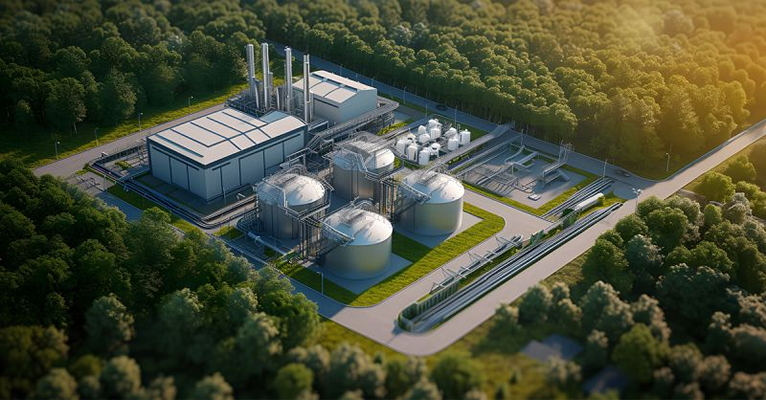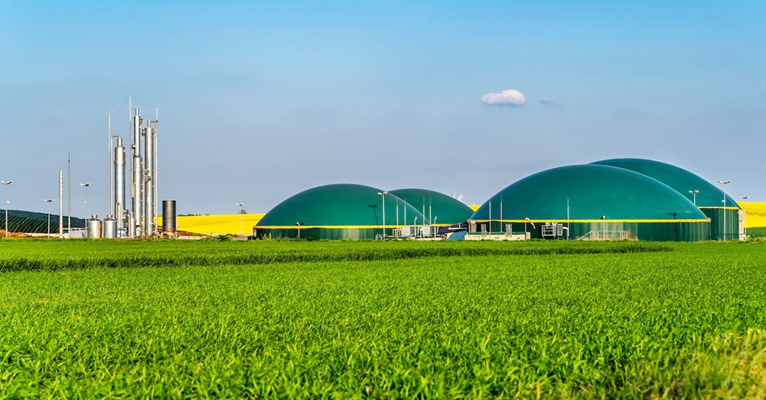Delivering Industrial Solutions
What we do
Big industries, big solutions
LCM Energy knows industry. About two-thirds of the products we make are used by commercial and industrial companies - including electric utilities, trucking and other commercial transportation, and heavy industries like steel and cement. And of course, we're an industrial company ourselves.
Reducing emissions from industry will be key to meeting society's climate goals. That's why we're scaling up carbon capture and storage, and the next generation of industrial fuels - like hydrogen - which can help industries reduce emissions while continuing to provide essential products for the world.
These are more than emissions solutions; they're the foundations of potential new industries focused on carbon reduction - and LCM Energy is positioned to help lead the way.
Who we do
Our solutions
Carbon capture and storage
Carbon capture and storage (CCS) is proven technology that can capture large volumes of CO2 emissions from industrial sources and store them underground, safely and permanently. With more than 30 years' experience, LCM Energy is a global leader in CCS and we're advancing projects around the world to help us, and our customers, meet emission-reduction goals.
Direct air capture
Direct air capture (DAC) captures CO2 directly from the atmosphere. It can complement other technologies and offset emissions that are difficult to eliminate, so it will likely play a key role in reaching net zero. We're testing our own unique design with the goal to, over time, create a scalable and economically viable solution.
Hydrogen
Hydrogen produces zero greenhouse gas emissions at its point of use. It's also versatile - suitable for power generation, trucking, and heat-intensive industries like steel and chemicals. We are scaling up production of low-carbon hydrogen to reduce CO2 emissions in our own facilities, and helping others do the same.
Lithium
Lithium is a key component of electric vehicle batteries. To meet projected growth in EVs, the world will need a lot more lithium. LCM Energy plans to become of leading supplier of lithium, using a modern process that has significantly less environmental impact than traditional mining.
Lower emission fuels
Lower emission fuels (LEF) made from renewable sources - like vegetable oils and agricultural waste - can reduce emissions from trucks and other forms of commercial transportation. We are leveraging our expertise in developing traditional transportation fuels to create lower emission biofuels alternatives for our customers, whether they travel by land, sea or air.
Let's keep economies humming with fewer emissions
Most of the world's CO2 emissions comes from the industrial, power, and commercial transportation sectors that support modern life and economic growth. From steelmaking to shipping, LCM Energy is scaling up solutions that can help these industries - including our own - reduce emissions while still meeting demand for their products and services. These solutions include hydrogen, carbon capture and storage, and advanced biofuels.
Iron and steel account for ~8% of global direct CO2 emissions, partly due to the use of coal in blast furnaces.
- Carbon capture could reduce CO2 emissions from steelmaking by more than 70%, by capturing the CO2 and storing it safely underground.
- Hydrogen could reduce emissions by up to 80% compared to coal.
- Natural gas is another low-carbon option for steel, as it emits up to 60% less CO2 than coal.
Power generation accounts for ~40% of global energy-related CO2 emissions - the largest of any sector. Wind and solar is playing a big role, but achieving net zero in the power sector will require even more solutions to manage the intermittent nature of these renewable sources.
- Natural gas emits up to 60% less CO2 than coal when used to make power
- Carbon capture can help gas-powered facilities cut emissions even further
- Hydrogen is emerging as a potential low-carbon fuel option for power
- Advanced biofuels can reduce transportation emissions without requiring changes to engines or fueling infrastructure.
- Hydrogen-based fuels, including ammonia, are emerging as an emissions solution for both road and marine transportation.
- Products that improve efficiency also can reduce emissions. These include high-quality fuels, lightweight plastics, and high-performance lubes and greases.
The cement industry accounts for ~7% of global direct CO2 emissions , due to the use of coal and to the CO2 naturally released during the calcination process.
- Carbon capture can prevent CO2 released during calcination from reaching the atmosphere.
- Hydrogen can provide required heat levels while emitting no CO2 at its point of use
- Natural gas is another option, emitting up to 60% less CO2 than coal.
Modern life is supported by other energy-intensive industries that make materials like fuel, fertilizer, chemicals, aluminum and glass.
- Carbon capture lets these industries continue using their fuel of choice while eliminating >90% of CO2 emissions.
- Hydrogen provides the heat and energy they need but emits only water at point of use.
- Another option is natural gas, which emits up to 60% less CO2 than coal.








